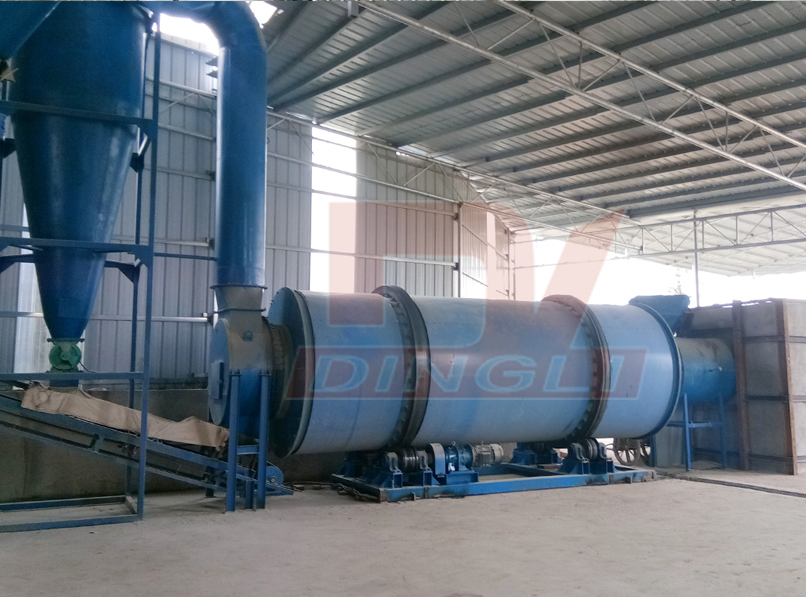1. Check the operating status of the equipment: Before starting the river sand dryer, the operator should conduct a comprehensive inspection of the equipment. The main inspection contents include:
Electrical system: Ensure that the electrical equipment, control panel, cable lines, etc. are not damaged, aged or loose, and ensure that the electrical system works normally.
Mechanical parts: Check whether the key mechanical parts of the dryer, such as the drum, transmission system, reducer, belt, etc., are intact, and whether there are loose, worn or cracked phenomena.
Lubrication system: Confirm that each component is well lubricated, ensure that there is sufficient lubricating oil or grease, and avoid component wear due to lack of lubrication.
Sealing inspection: Check whether the seals of the feed port, discharge port, dust removal device and other parts are intact to ensure that there is no material leakage or exhaust gas leakage.

2. Check the material situation
Before starting the machine, it is necessary to check the quality of the river sand to be dried to ensure that there is no excessive soil and impurities in the river sand to avoid clogging the dryer. Excessive impurities not only affect the drying effect, but may also cause equipment damage or increase energy consumption. At the same time, confirm that the humidity of the material is suitable for the working conditions of the dryer. Overly wet or overly dry materials will affect the drying efficiency.
3. Check the fuel and gas source
For river sand dryers that use energy types such as gas, coal or electric heating, the operator needs to check the supply of fuel and gas source. Ensure that the fuel is sufficient and the gas source is stable to avoid energy interruptions during the production process and affect the production progress.
4. Ensure that safety protection equipment is complete
The operator needs to ensure that all safety protection devices (such as safety doors, emergency stop buttons, alarm devices, etc.) are intact and in effective condition. If there is a damaged or failed safety device, it must be repaired or replaced immediately to ensure the safety of personnel during operation.